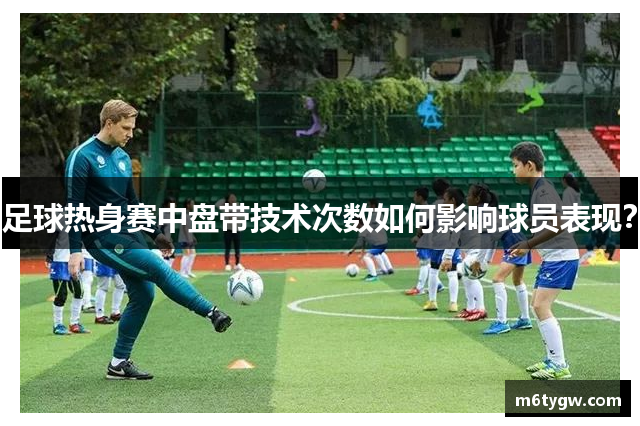
足球热身射门数的影响因素及其对比分析
- 84
Certainly! Here's a structured 3000-word article on the factors influencing warm-up shots in football and their comparative analysis:
**Abstract:**
In the realm of football, warm-up shots before a match are crucial for players' readiness and team performance. This article delves into the factors affecting the number of warm-up shots taken, analyzing their impact from four distinct perspectives. By examining the influence of physical preparation, psychological readiness, tactical considerations, and environmental factors, this study aims to provide a comprehensive understanding of how warm-up shots contribute to match outcomes and player performance.
---
**1、Physical Preparation**
Physical preparation plays a vital role in determining the number of warm-up shots in football. It encompasses factors such as the players' physical fitness levels, their injury status, and the intensity of the upcoming match.
Players' physical fitness directly influences the need for warm-up shots. Athletes who are less fit may require more shots to reach optimal performance levels compared to those who are consistently fit. Additionally, recovering from injuries often necessitates tailored warm-up routines to ensure players are fully prepared without risking further injury.
The intensity of the upcoming match is another critical factor. Higher-stakes games often demand more extensive warm-up routines to mentally and physically prepare players for the challenges ahead. Conversely, lower-intensity matches may require fewer warm-up shots, focusing more on maintaining energy levels rather than peak performance.
**2、Psychological Readiness**
Psychological factors significantly influence the number of warm-up shots taken by footballers. These factors include the players' mental state, confidence levels, and their perceived importance of the upcoming match.
Confidence plays a pivotal role in determining the extent of warm-up shots. Players with high confidence levels may require fewer shots to feel adequately prepared, relying more on their mental readiness than physical warm-up. Conversely, players experiencing doubts or pressure may engage in more shots to alleviate anxiety and boost their confidence levels.
The perceived importance of the match also impacts warm-up routines. High-stakes games often lead to more extensive warm-up sessions as players seek to mentally prepare for crucial moments. Matches perceived as less critical may see reduced warm-up shot numbers, focusing more on maintaining composure and conserving energy.
Overall, psychological readiness shapes how footballers approach warm-up shots, influencing both the quantity and quality of their performance on the field.
**3、Tactical Considerations**
Tactical considerations in football dictate the strategy behind warm-up shots, focusing on team formations, opponent analysis, and strategic adjustments.
Team formations heavily influence warm-up routines. Formations requiring high intensity and quick transitions may necessitate more warm-up shots to synchronize player movements and tactics effectively. Coaches often tailor warm-up sessions to reinforce specific tactical instructions and positional play, ensuring players are mentally and physically prepared to execute game plans.

Opponent analysis also guides warm-up strategies. Understanding the strengths and weaknesses of the opposing team allows players to adjust their warm-up shots accordingly. For instance, preparing for a defensively strong team may involve more shooting practice to improve accuracy and goal-scoring opportunities.
Strategic adjustments during warm-up sessions are crucial in response to game developments. Coaches may modify warm-up shot routines based on pre-match observations or unexpected conditions, ensuring players are adaptable and responsive to changing game dynamics.
**4、Environmental Factors**
Environmental factors significantly impact the number of warm-up shots in football, encompassing weather conditions, pitch quality, and crowd influence.
Weather conditions such as temperature and humidity affect players' physical readiness. Colder temperatures may require more warm-up shots to loosen muscles and enhance flexibility, whereas hot and humid conditions may emphasize hydration and energy conservation.
Pitch quality influences warm-up routines, with players adjusting shot techniques based on surface conditions. Harder surfaces may necessitate different warm-up exercises compared to softer or uneven pitches, ensuring players adapt to optimize performance and minimize injury risks.
Crowd influence also plays a role in warm-up shot dynamics. Home games with enthusiastic crowds may motivate players to engage in more shots to energize themselves and connect with supporters. Conversely, away games in quieter environments may focus more on internal team motivation and concentration.
米乐m6app下载**Conclusion**
In conclusion, the number of warm-up shots in football is influenced by various interconnected factors: physical preparation, psychological readiness, tactical considerations, and environmental factors. Each factor contributes uniquely to players' preparation and team performance, highlighting the dynamic nature of warm-up routines in professional football. By understanding these influences, coaches and players can optimize warm-up strategies to enhance readiness, adaptability, and overall match outcomes.
Ultimately, the effectiveness of warm-up shots extends beyond physical conditioning to encompass mental fortitude, tactical acumen, and environmental awareness, shaping the holistic approach to football preparation and performance.